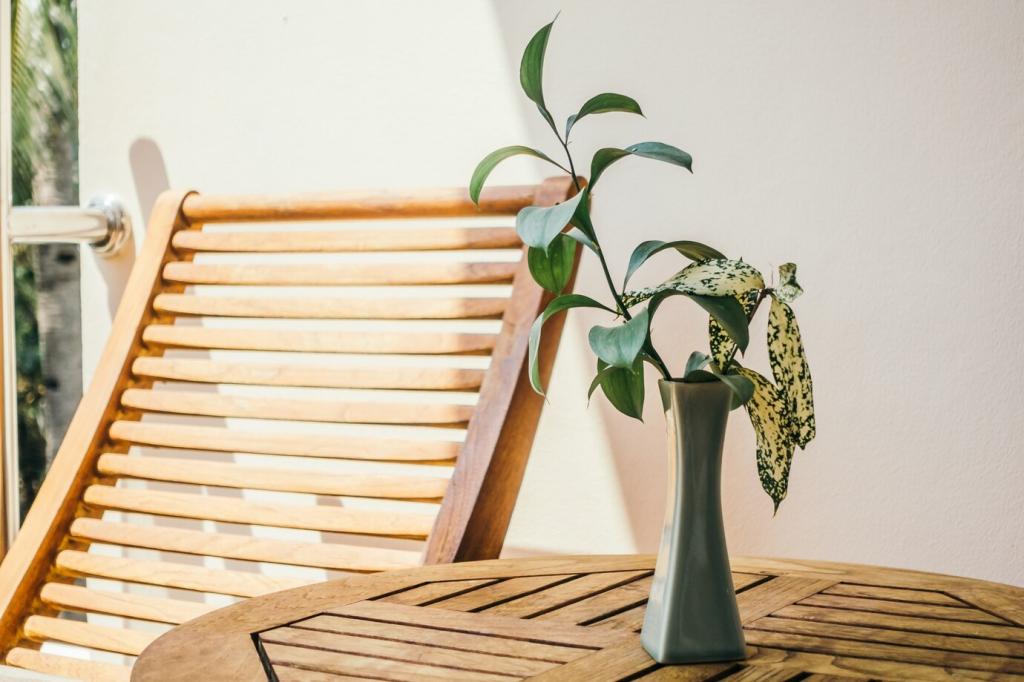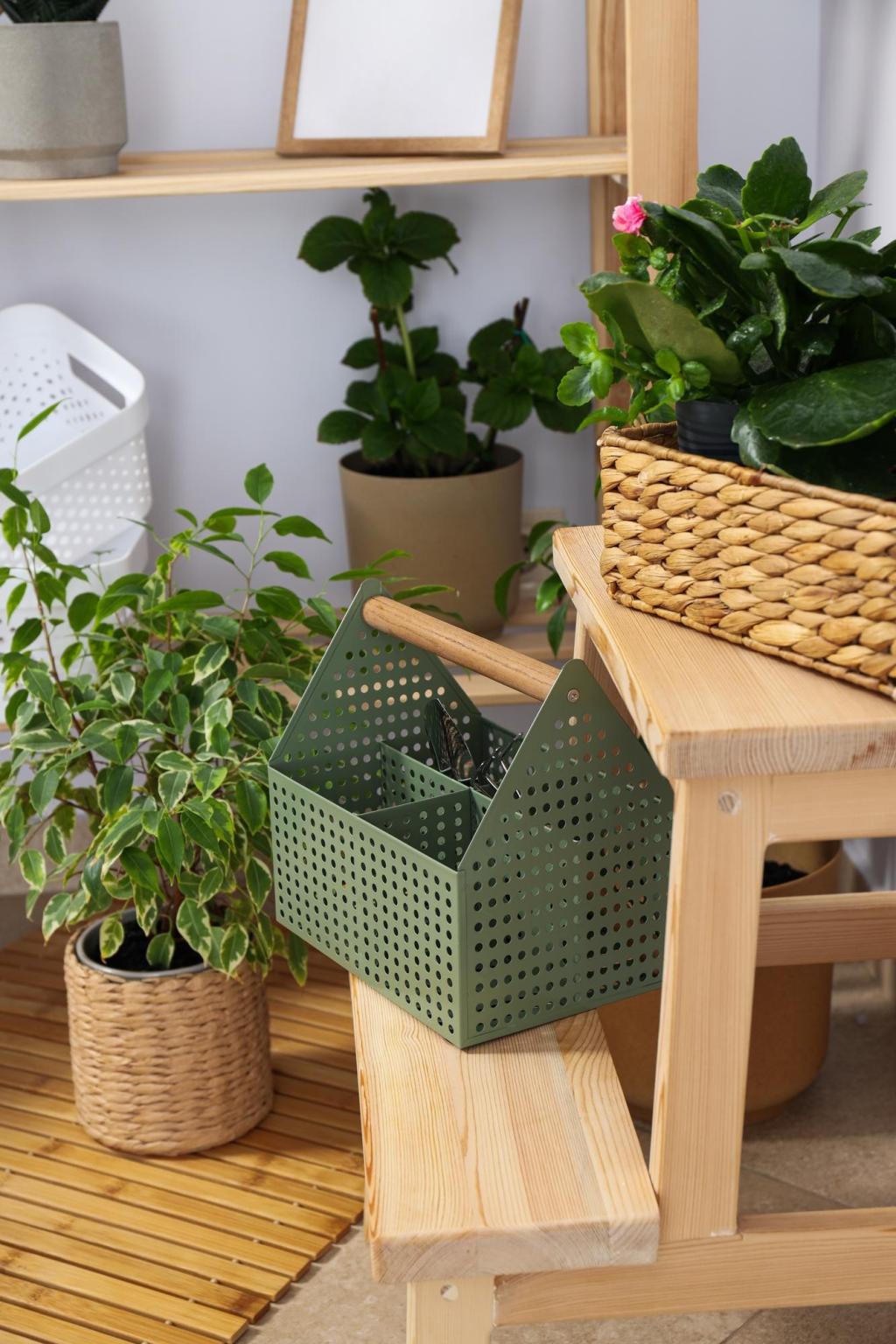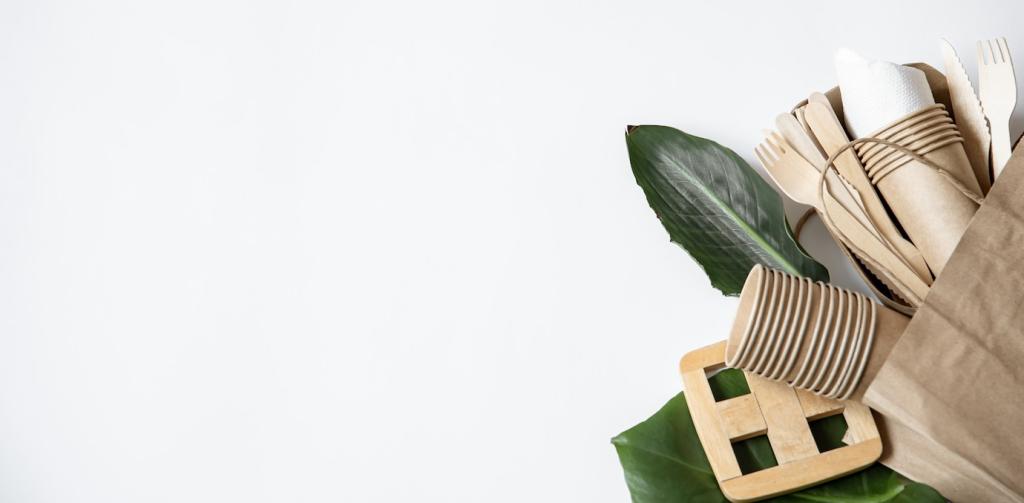
Eco‑Friendly Upholstery: Fabrics and Materials
Chosen theme: Eco‑Friendly Upholstery: Fabrics and Materials. Welcome to a cozy corner where design meets responsibility, comfort meets craft, and every fiber tells a gentler story. Explore planet‑conscious fabrics, safer finishes, and real‑life ideas you can use today. Enjoy the read, ask questions in the comments, and subscribe for fresh, actionable guides.

Natural Fibers: Linen, Hemp, Wool, and Organic Cotton
Linen and Hemp: Strong, Breathable, and Beautifully Textured
Linen and hemp are fast‑growing, miserly with water, and famously sturdy. Their long fibers lend strength and breathability, keeping seats cool in summer and balanced in winter. They resist abrasion when tightly woven. Pair with reversible cushions and zippered covers to launder less, refresh more, and keep that effortless, rumpled elegance going.


Wool: Naturally Flame Resistant and Resilient
Wool is a workhorse with grace: naturally flame resistant, elastic, and wonderfully resilient against crushing. It buffers humidity and springs back after long movie nights. Choose mulesing‑free sources and consider blends with hemp for added texture. Skip heavy chemical backings; a dense weave and thoughtful construction can handle daily life beautifully.
Recycled and Next‑Gen Materials
Recycled Polyester (rPET): Performance with a Purpose
rPET transforms bottles into durable yarns that withstand frequent use. Look for tight weaves or solution‑dyed options to resist stains and fading. Microfiber shedding is a real concern, so vacuum with a HEPA filter and wash slipcovers infrequently in cold water. Have you tested rPET textures at home? Share what felt best and wore longest.

Beyond Fabric: Foams, Fillings, Frames, and Finishes
Cushion Cores: From Petrofoam to Natural Latex and Wool Batting
Conventional polyurethane foam can involve additives you may prefer to avoid. Natural latex with GOLS certification offers buoyant support, while wool batting regulates temperature and resists compression. Consider a layered core—latex, wool, and feather wraps—for comfort that breathes. Ask your upholsterer for water‑based adhesives and detailed material disclosures.
Frames and Finishes: Certified Wood and Water‑Based Coats
A solid frame outlasts trends. Choose kiln‑dried, FSC‑certified hardwood or responsibly reclaimed lumber. Specify low‑VOC, water‑based finishes and avoid unnecessary stain blockers. Corner blocks, dowels, and screws beat shortcuts. Have a local workshop that builds beautifully and ethically? Recommend them below so others can source more thoughtfully.
Hidden Details: Threads, Webbing, and Glues Matter
Durability lives in the details. Jute or natural rubber webbing, sturdy thread, and mechanical fasteners reduce chemical load and simplify repairs. Water‑based, low‑VOC glues keep indoor air gentler. Request a materials list up front, agree on substitutions, and photograph layers during the build—great documentation for future refreshes and responsible disposal.
Performance Without Compromise
Abrasion ratings are your friend. Residential upholstery often targets 20,000+ Martindale or 15,000+ Wyzenbeek double rubs, though construction and fiber also matter. Ask for test data, not just marketing claims. If you host pets, prefer tighter weaves and blended fibers that resist snagging. Share your numbers and lived results in the comments.
Performance Without Compromise
Skip PFAS‑based treatments when you can. Dense weaves, wool‑rich blends, and removable slipcovers offer practical protection. Blot spills quickly with mild soap, cold water, and patience—never rub. Consider plant‑based repellents on cushions you can replace. If you have a beloved, non‑toxic spot‑clean routine, teach the community your reliable steps.
Performance Without Compromise
A gentle routine pays off: vacuum weekly with a soft brush, rotate cushions, and shield from harsh sunlight. Mend pulled threads early to prevent runs. Choose professional cleaners who disclose products and equipment. Want season‑by‑season checklists and printable care cards? Subscribe, and we will deliver them with material‑specific tips.
Style with Substance
Build calm with undyed or low‑chroma hues—oat, clay, olive, and gull gray—then layer textures: slubby linen, pressed wool, cork side tables. Plants soften edges and underscore the theme. Share a snapshot of your palette or mood board, and we will feature favorite combinations in an upcoming subscriber roundup.
Style with Substance
One reader revived a thrifted sofa in a hemp‑wool blend, swapped sagging foam for latex and wool, and added zippered covers for easy care. The silhouette stayed classic; the footprint shrank. Guests notice the texture first, then the story. Tag your transformations to inspire fellow readers seeking their own greener glow‑ups.

Join our mailing list
